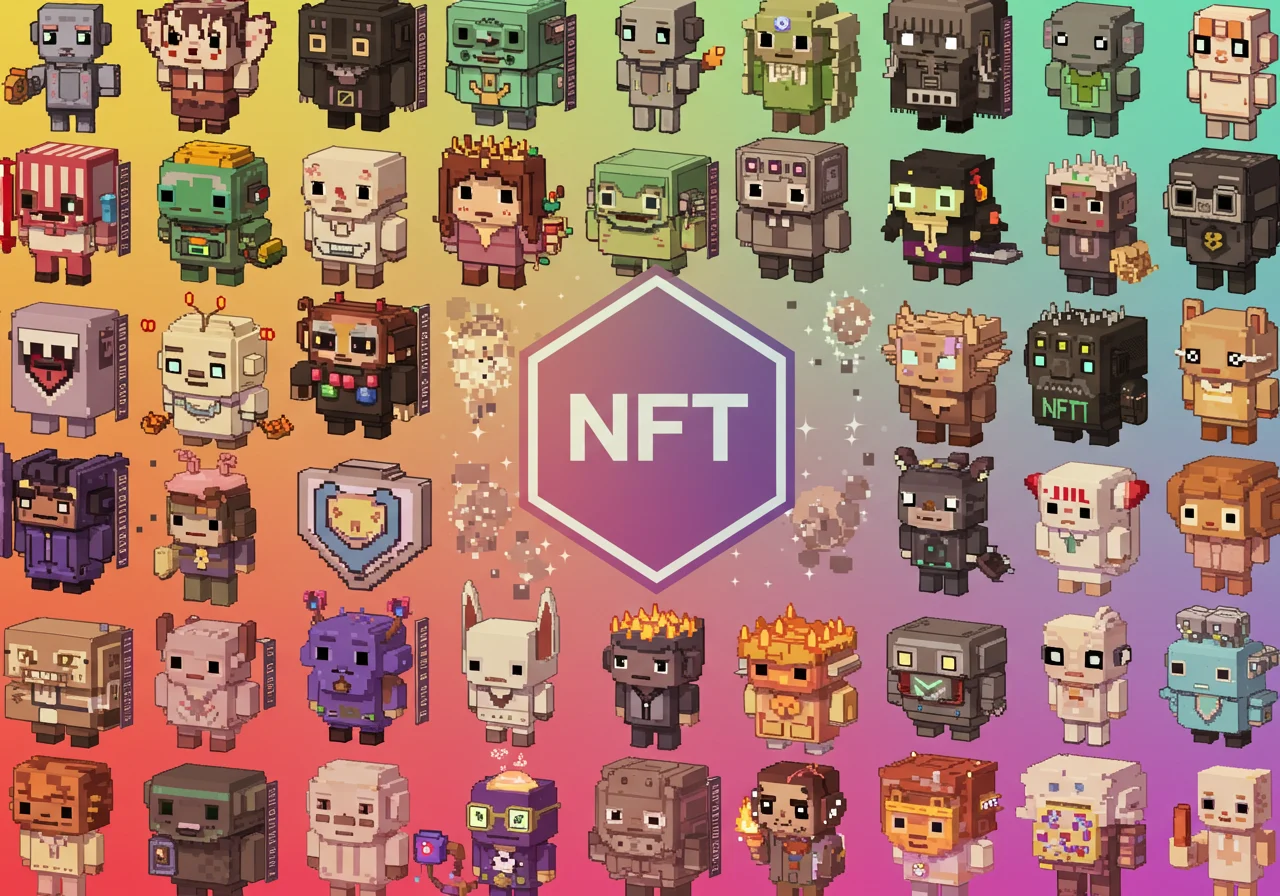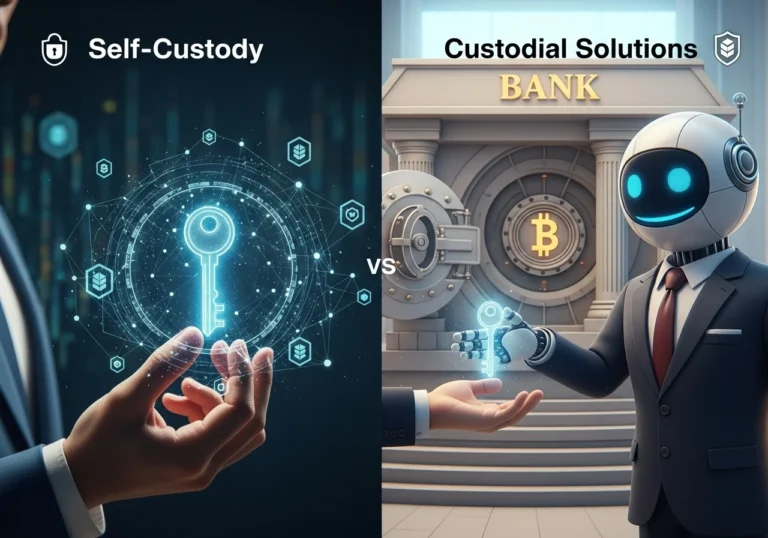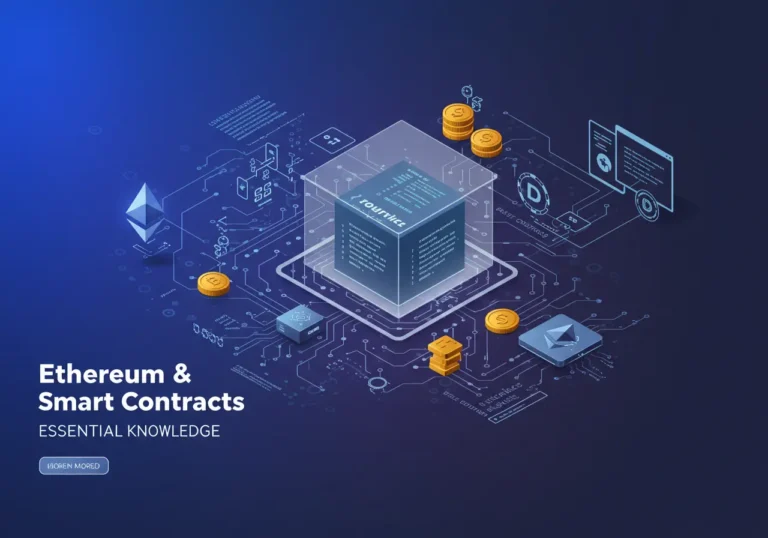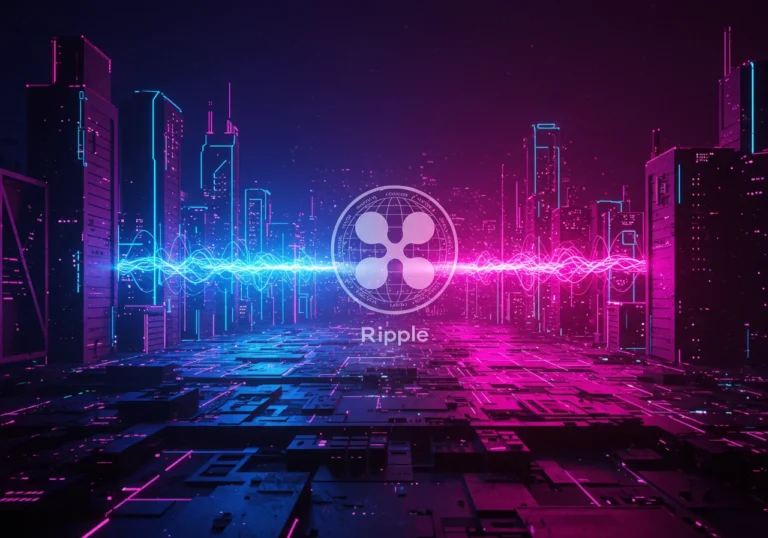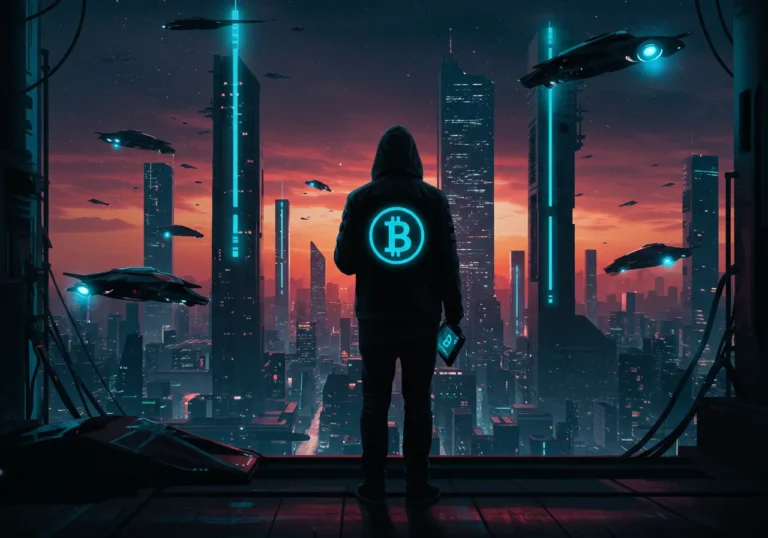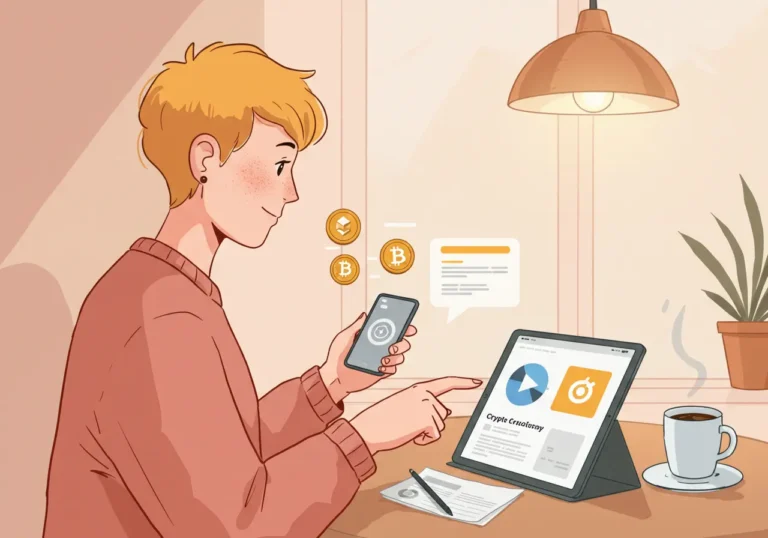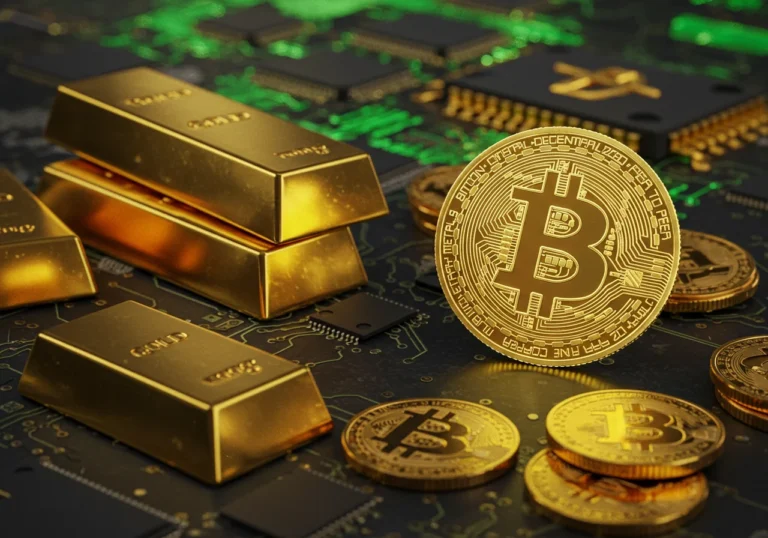Digital Scarcity Explained: Why Bitcoin and NFTs Are So Valuable
Digital Scarcity is the idea that digital items can be limited in supply, even though they are made of bits and bytes that can be copied. This seems strange at first. After all, a photo, a song, or a digital file can be duplicated endlessly. But with new technology, we can add rules that make some digital things scarce. I’ll explain how that works, why scarcity matters, and what it means for artists, collectors, and anyone curious about money in a digital age.
What is Digital Scarcity?
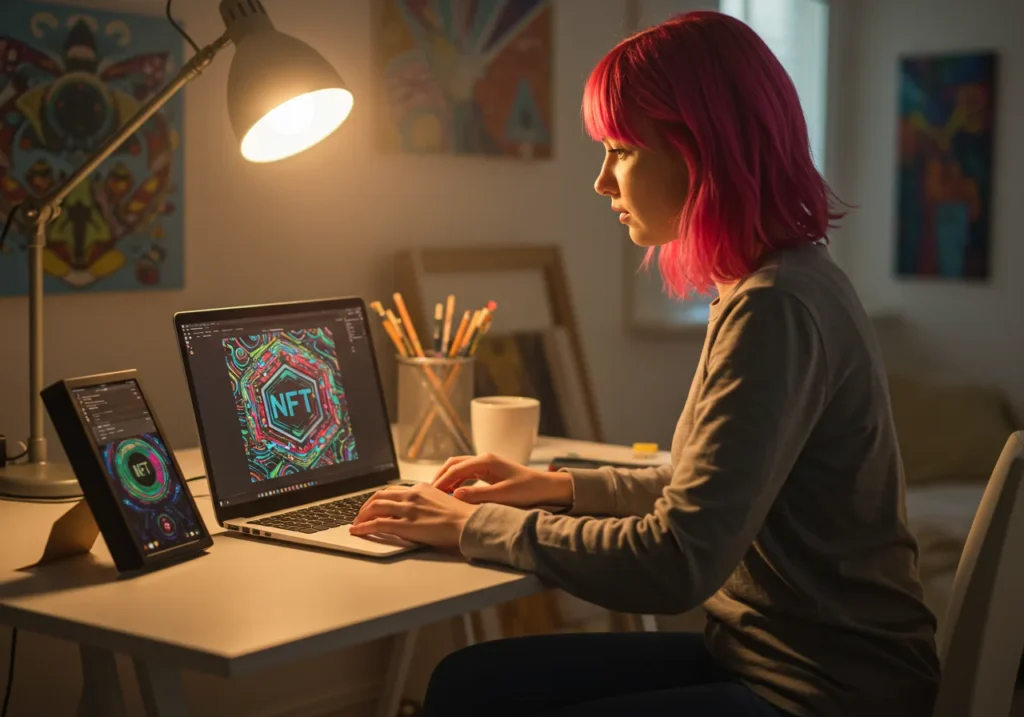
Digital scarcity means that a digital item is intentionally limited. A digital item is scarce when the system that controls it makes sure there are only a set number of copies, or a single unique owner. In the physical world, scarcity might mean there are only so many copies of a famous painting. In the digital world, scarcity is enforced by code and networks.
Two popular examples are Bitcoin and NFTs.
- Bitcoin limits the total number of coins that can ever exist. There will only ever be 21 million Bitcoins. That fixed supply is a type of digital scarcity.
- NFTs (non-fungible tokens) let creators mark a digital item as one-of-a-kind or part of a small series. Even though the image or song can be copied, the token proves who owns the original and how many originals exist.
Why scarcity makes things valuable
People value scarce things because scarcity changes the relationship between supply and demand. If something is rare, and people want it, its price can go up. That is basic economics, but there’s more.
Scarcity helps with trust and meaning. When I know that only ten prints of a photo exist, owning one feels special. That feeling is part emotion, part trust in the rules. With physical items, trust comes from signatures, certificates, and institutions. With digital items, trust can come from networks and code.
Here are a few reasons scarcity matters in digital goods:
- Proof of ownership: Scarcity tied to proof makes ownership clear. The blockchain acts like a public ledger that records who owns what.
- Durability: Digital scarcity can be designed to last. If the system is widely used and secure, proofs of ownership persist.
- Transferability: Scarce digital items can be moved between people without intermediaries. That makes trading simple and cheap in some systems.
- Programmable rules: Creators can program royalties or conditions into the token. Every resale can pay a small fee back to the artist automatically.
How Bitcoin creates scarcity
Bitcoin’s scarcity is built into its rules. The code defines how many coins are made and how often new ones appear. The number 21 million is not a suggestion; it’s an outcome of the protocol. Here’s how the main pieces work in plain terms:
- Miners secure the Bitcoin network by checking transactions. As a reward, they receive new Bitcoin.
- The reward gets smaller over time in events called “halvings.” This slows the creation of new coins.
- Over many years, miners will create fewer and fewer new coins until the total approaches 21 million.
This predictable supply schedule creates a clear rule: Bitcoins are limited. When people expect that supply will not grow quickly while demand may increase, they can view Bitcoin as a store of value, similar to gold.
How NFTs make digital scarcity
NFTs work differently but use similar ideas. Instead of limiting a currency supply, NFTs mark individual items as unique or rare. The token sits on a blockchain and points to the item — often a link to a file or a record that ties the token to digital media.
A creator decides the rules:
- Make one unique token for a digital painting.
- Make a limited edition of 100 tokens for a song.
- Add a rule that the creator gets 5% of any resale price forever.
Collectors can verify how many tokens exist and who owns them. Even if anyone can copy the file, only token holders own the “original” token. For many people, that distinction matters and can carry emotional and monetary value.
Real examples that help explain the idea
- A famous digital artist sells 10 limited edition NFTs. Each buyer owns one of those 10 originals. Even though anyone can screenshot the image, only those 10 buyers hold the official token.
- A collector buys a rare NFT of a short animation. Later, the collector resells it. The smart contract automatically pays the original artist a small royalty. The artist benefits from future sales without needing a middleman.
Common questions and doubts
People often ask: “But isn’t it silly to pay for something that can be copied?” That is a fair question. The value of many things is social. Money, art, and even land depend on shared rules and belief. Digital scarcity is a way to create those shared rules digitally.
Another worry is environmental impact. Some blockchain systems use a lot of energy. This is changing over time — many networks are becoming more efficient, and new systems aim to use far less energy. If environmental cost matters to you, look for blockchains with efficient designs.
Risks and how to be careful
Digital scarcity brings opportunity, but also risk. Here are simple safety tips:
- Do your research. Understand the marketplace and the token standard.
- Use secure wallets and protect your recovery phrases.
- Beware of scams and fake projects. If something promises guaranteed huge returns, be skeptical.
- Know the fees. Some blockchains have high transaction costs at busy times.
- Consider legal and tax implications in your country.
Beyond money: other ways scarcity matters
Scarcity can support community, access, and creative control. For example:
- Creators can offer NFTs that grant access to private groups or real-world events.
- DAO-backed projects can use tokens to reward contributors and govern shared resources.
- Fractional ownership can let many people hold a stake in a rare digital item.
These uses show that scarcity is not just about price. It can structure new social systems.
Conclusion: what scarcity means for you
Digital Scarcity gives digital items the qualities we usually associate with rare physical things. It lets creators control supply, proves ownership, and enables new ways of sharing value. It’s not magic — it’s code and social trust working together. If you are an artist, a collector, or just curious, learning the basics helps you spot good opportunities and avoid avoidable risks.
We are still exploring what digital scarcity will mean for culture and finance. The important parts are simple: understand the rules, protect your accounts, and build relationships. Value grows when trust grows. That’s true for gold, paintings, and now, for many digital treasures.
Quick summary
- Digital Scarcity is making some digital items limited in supply.
- Bitcoin creates scarcity by capping total coins; NFTs do it by marking tokens as unique.
- Scarcity matters because it supports value, ownership, and trust.
- Creators can program royalties and access into tokens.
- Be cautious: research projects, secure your wallet, and watch fees and scams.
FAQ
Q: If anyone can copy a digital file, why buy an NFT?
A: Buying an NFT gives you a token that proves you own the original. That proof matters to collectors and can carry financial and social value.
Q: Is Bitcoin just digital gold?
A: Many people call Bitcoin “digital gold” because it is scarce and can store value. But it’s also a network with its own uses, and people disagree about exactly how similar it is to gold.
Q: Are all NFTs investments?
A: No. Many NFTs are art, memberships, or community tokens. Only some appreciate in price. Treat NFTs like art or collectibles: value is often personal and social, not guaranteed.
Q: How can creators avoid scams?
A: Use trusted platforms, watermark previews, and keep legal records. Consider using well-known marketplaces that handle copyright claims.
Q: What happens if the blockchain stops working?
A: A widely used blockchain has many users and nodes, which makes it resilient. But no system is perfect. Some projects keep backups or use multiple systems to reduce risk.

Hello, I’m Edmilson Dias, founder of CoinBringer. I created this platform to guide people through the fast-moving world of cryptocurrency with clarity and safety. With years of research in blockchain and digital security, my goal is to translate complex topics into practical knowledge, offering reliable tutorials, safety insights, and guidance for both newcomers and experienced users.
Discover more from CoinBringer
Subscribe to get the latest posts sent to your email.

